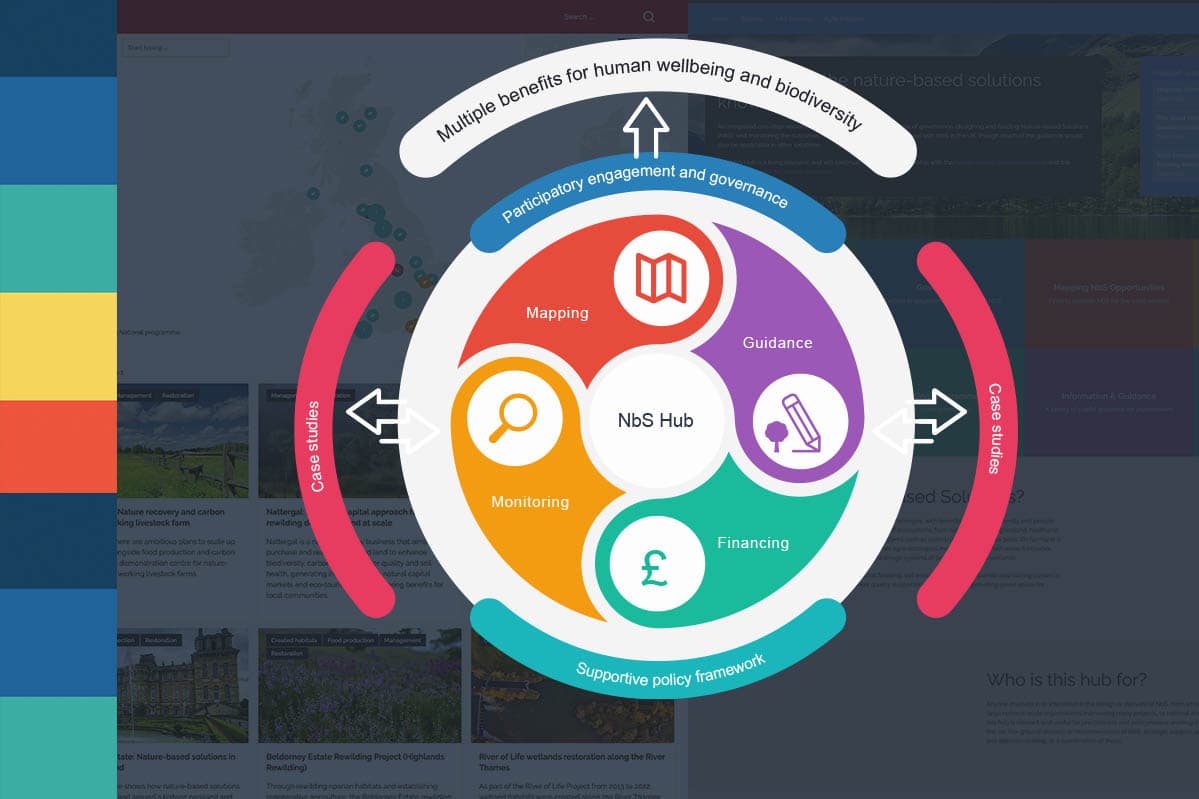Can the concept of “Loss and Damage” help Avert the Biodiversity Crisis?

A new article, co-authored by NbSI’s Tasfia Tasmin, examines how progress on ‘loss and damage funds’ relate to nature and biodiversity loss. Funds designated for climate change could be assigned to assist communities in dealing with the social and economic effects of biodiversity loss, incorporating mechanisms to address non-economic factors into the current framework for climate change justice.
It is widely recognised that biodiversity loss in the Global South is largely caused by the actions of affluent countries.[1] For example, the consumption of commodities such as crops, cattle-related products, and timber in the UK has been associated with extensive tropical deforestation. Similarly, activities of EU fishing fleets in West Africa, driven by consumer demand, have led to overfishing and depletion of fish stocks, adversely affecting local communities.[2] By acknowledging biodiversity loss as a form of non-economic loss and damage, we are able to acknowledge both the economic and non-economic consequences experienced by marginalized communities.
Developing nations have long demanded that developed countries take responsibility for their disproportionate greenhouse gas emissions, which have caused irreversible damage worldwide. At the 2022 UN Framework Convention on Climate Change, COP27, a landmark agreement was finally reached to establish new “funding arrangements for responding to loss and damage associated with the adverse effects of climate change”.
One month later, the COP15 of the Convention on Biological Diversity convened and discussed similar concepts of the ‘polluter pays’, this time in terms of biodiversity. An agreement was reached to adopt of a new framework of goals and targets for reversing biodiversity loss (the Kunming-Montreal Global Biodiversity Framework (GBF)), with resource mobilization included the establishment of a Global Biodiversity Framework Fund to support implementation.
However, although this fund is intended to contribute to the mission of the GBF to halt and reverse biodiversity loss, the authors of this article argue that it lacks financial provision for the effects of losing biodiversity and it is not yet clear how the fund will work in practice. The authors suggest that funds allocated for climate change impacts could be used to support communities in coping with the social and economic consequences of biodiversity loss. They also suggest that integrating mechanisms to address non-economic losses and damages within the existing climate change loss and damage framework is also a crucial practical step.
Extending the loss and damage framework to include biodiversity financing is vital, with the inextricable link between climate change and nature. By holding affluent nations accountable for consumption patterns and compensating those affected, we can foster a more equitable and sustainable global approach to biodiversity conservation.
Read the article here.




